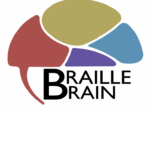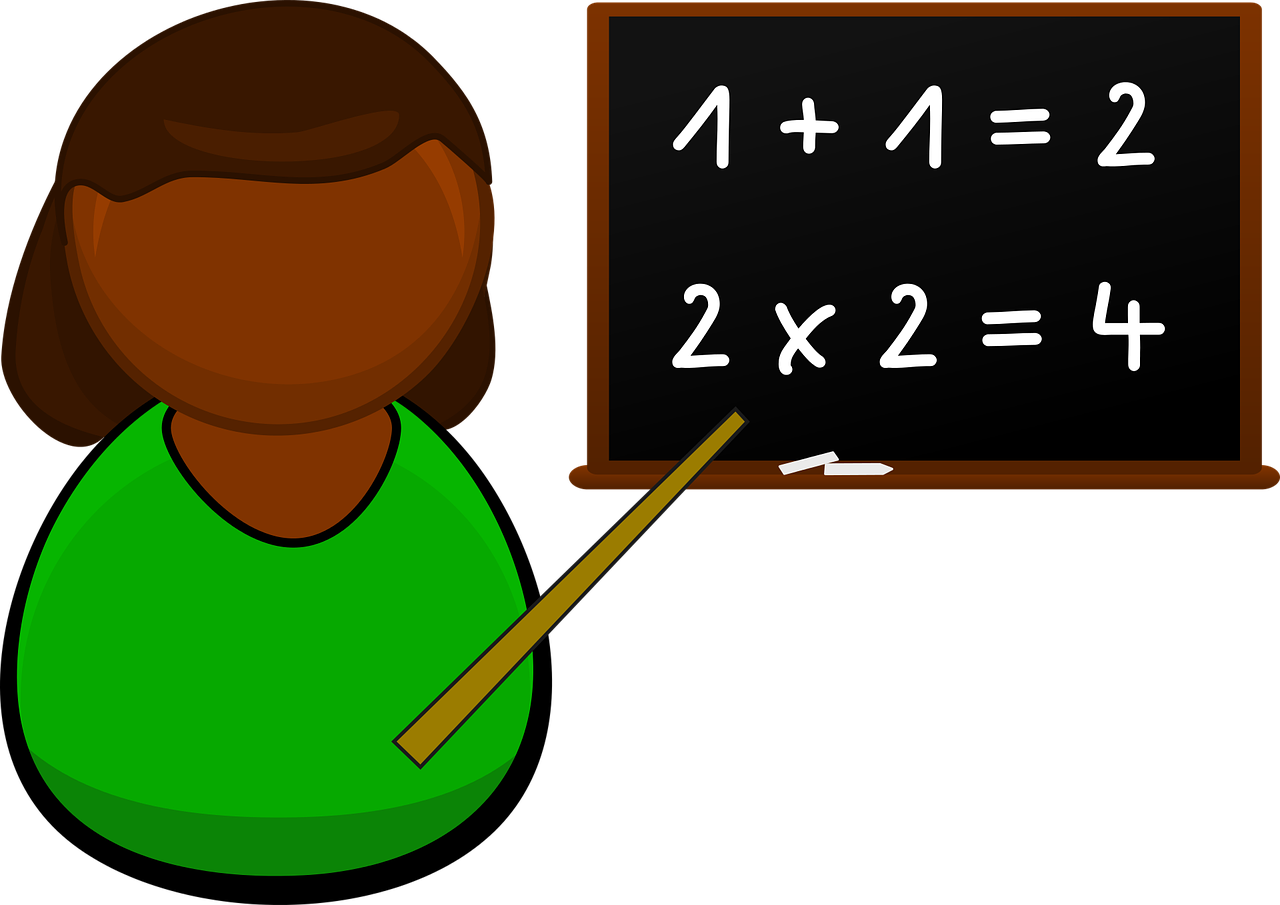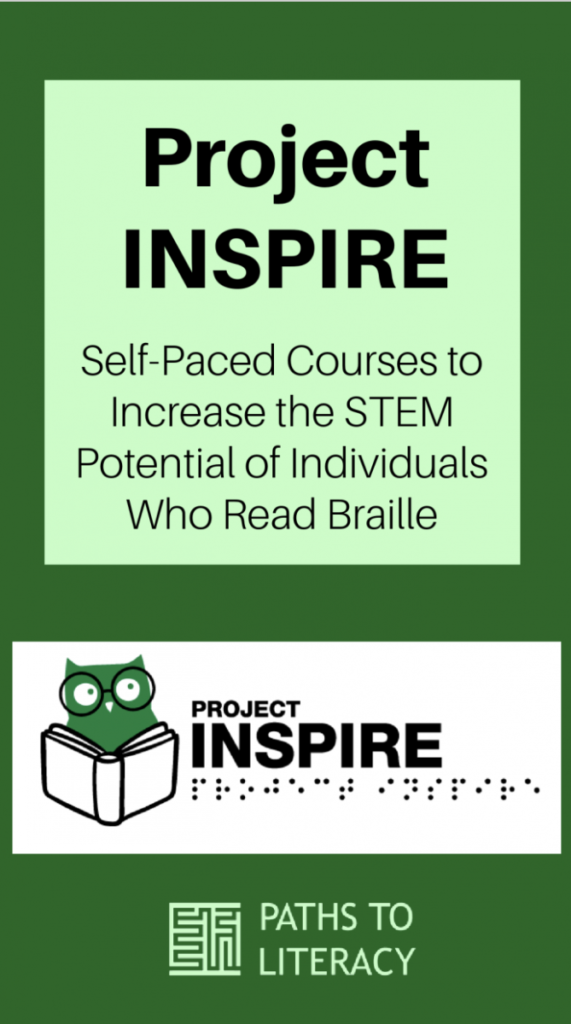The Challenge with Instruction
Research has shown that students with visual impairments should gain mathematical skills at the same pace as their sighted peers (Tindell, 2006). However, because mathematics is abstract and highly visual, the assimilation of these skills is often more difficult for students with visual impairments. (Kapperman, Heinze, & Sticken, 2000). Therefore, students with visual impairments rely on specific pedagogies so they can understand fundamental principles and obtain key skills in mathematics.
The Challenge with Textbooks
Students with visual impairments have difficulty accessing mathematical textbooks because most mathematics texts are highly visual, containing images that convey essential content and concepts that have not been transcribed in braille versions or are not adequately described in digital versions of the textbooks. Visual elements such as tables, line graphs, bar graphs, number lines and pie charts are difficult to succinctly describe and are often left to the TSVI or transcriber to reproduce in braille.
Specific Objectives
Due to the challenges with instruction and textbooks, specific objectives for mathematics instruction for students with visual impairments have evolved. These include:
- Acquiring mathematical language.
- Recognizing different types of numbers (natural, integer, rational, real and complex).
- Training the skills in mathematical calculations (knowledge of algorithms, writing calculations on a Braille typewriter, developing mental calculations.
- Recognizing geometric shapes and bodies by touch (tactile) and by description.
- Creating and developing the ability to imagine different spatial configurations (spatial orientation).
- Applying already learned mathematical concepts for solving common everyday problems.
- Acquiring the mathematical Braille code by assimilating the new symbols as the students’ progress.
- Training students who are blind to use geometry tools (ruler, set square, protractor, compasses).
Resources and Articles
- APH Products for Teaching Common Core State Standards (in mathematics)
- What’s the Point of Math?
- Project INSPIRE (Increasing the STEM Potential of Individuals Who Read Braille)
- “Nemeth in a Box” program for Middle School Students
- Design Principles for Tactile Graphics
- Math in the Dark: Tools for Expressing Mathematical Content by Visually Impaired Students
- Access to Mathematics by Student with Visual Impairment through Nemeth Braille Code
- Math Speak Core Specification Grammar Rules
- Math Speak and Math Speak Rules
- Math Speak Examples
- Teaching Math to Students Who are Blind or Visually Impaired
- Key Math Assessment
- Free Websites for Low Vision Math Classroom
- Accessible Math Editor: Word
- Effective Methods for Delivering Mathematics Instruction to Students with Visual Impairments
- Iowa Educational Resources for the Blind and Visually Impaired – Math Resources
- Mangold Nemeth Code Number Recognition Kit
- Math Window

Braille Brain
Reading
- READING: Foundational Skills for Reading
- Integration of Knowledge and Ideas
- Vocabulary Acquisition and Use
- Braille Hand Movement and Refreshable Braille Displays
- Conventions of Standard English: Standard One
- Conventions of Standard English: Standard Two
- Writing and Language
- Craft and Structure
- Key Ideas and Details
- Best Practices for Teaching Braille and STEM to the Visually Impaired
- Assistive Technology to Support STEM Subjects for the Visually Impaired
- Compensatory Skills: A Focus on Organization
- Foundational Skills for STEM
- Math Instruction for Students with Visual Impairments
- Science Instruction for Students with Visual Impairments
- Tactile Graphics
STEM
- Best Practices for Teaching Braille and STEM to the Visually Impaired
- Assistive Technology to Support STEM Subjects for the Visually Impaired
- Compensatory Skills: A Focus on Organization
- Foundational Skills for STEM
- Math Instruction for Students with Visual Impairments
- Science Instruction for Students with Visual Impairments
- Tactile Graphics
- Braille Brain
- About Braille Brain
- Braille Training Program
- Foundational Skills for Reading
- Integration of Knowledge and Ideas
- Vocabulary Acquisition and Use
- Braille Hand Movement and Refreshable Braille Displays
- Conventions of Standard English: Standard One
- Conventions of Standard English: Standard Two
- Writing and Language
- Craft and Structure
- Key Ideas and Details
- Best Practices for Teaching Braille and STEM to the Visually Impaired
- Assistive Technology to Support STEM Subjects for the Visually Impaired
- Compensatory Skills: A Focus on Organization
- Foundational Skills for STEM
- Math Instruction for Students with Visual Impairments
- Science Instruction for Students with Visual Impairments
- Tactile Graphics


